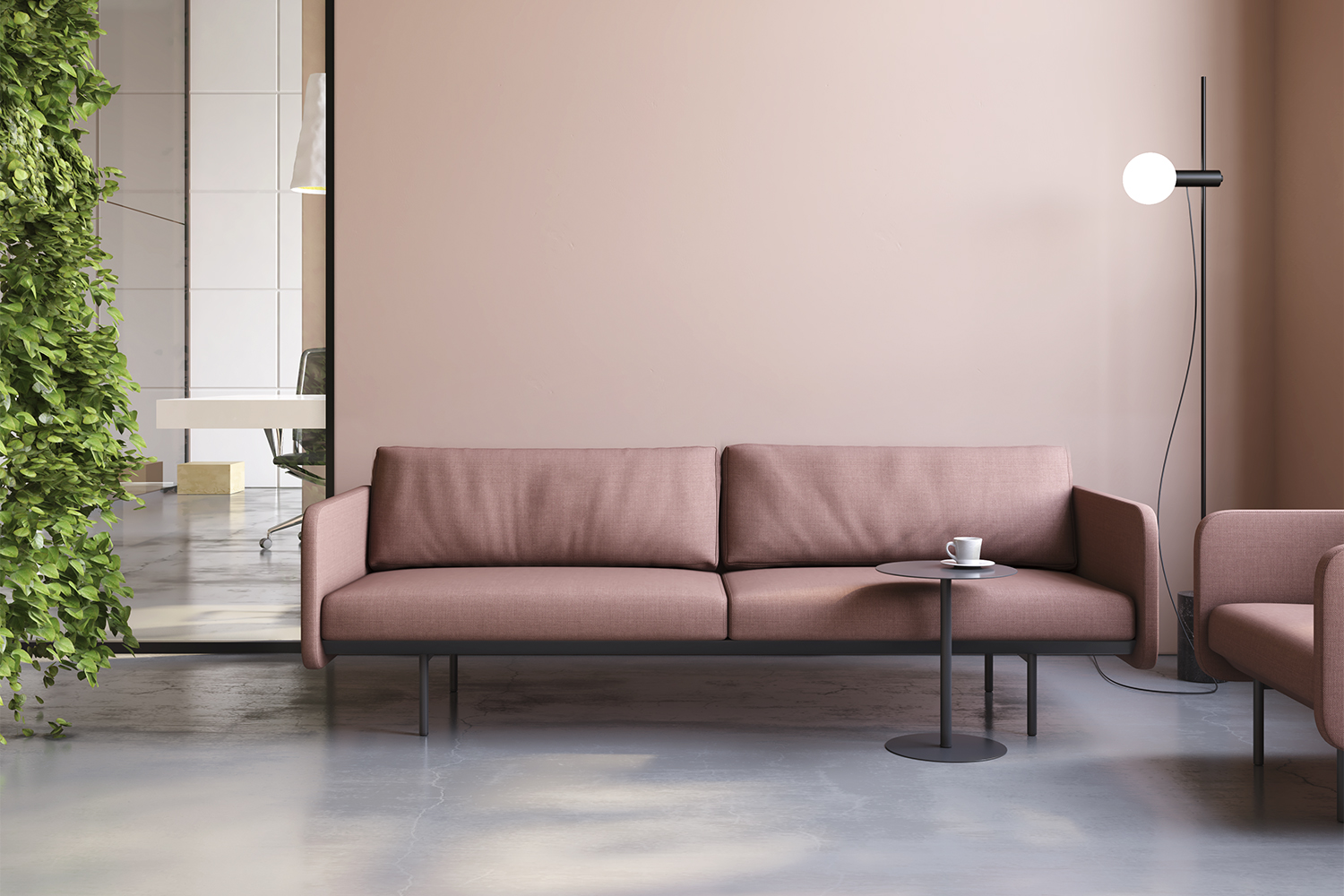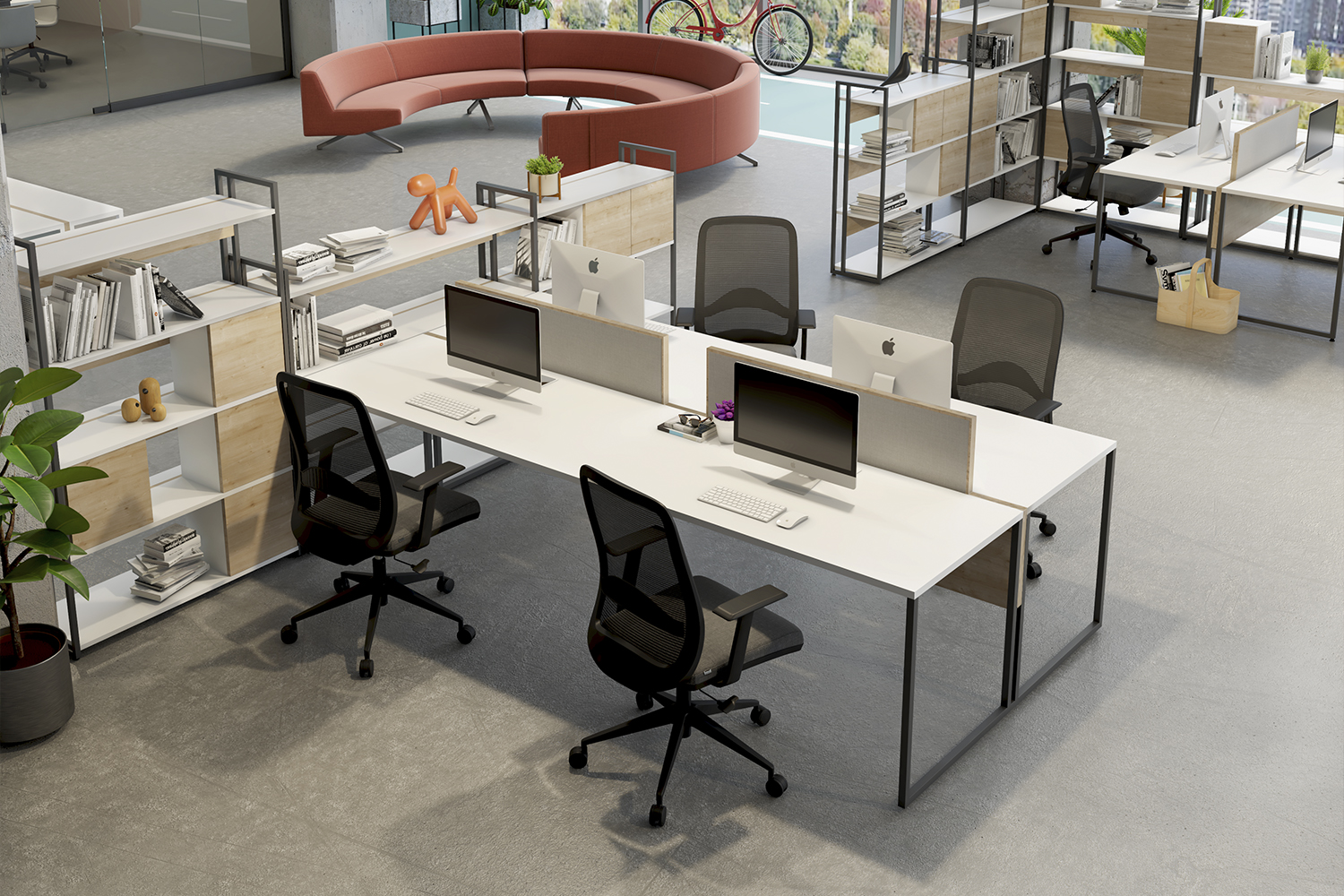A new era in office designs with AI
A new era in office designs with AI
When we first encountered television, which dates back to the mid-1970s, we were introduced to series and cartoons like "Space 1999" and "The Jetsons" that transported us into the future. Although we believed that many of the things depicted were about a distant future and were impossible, we've witnessed, through experience, how we're inching closer to that future.
The flying cars of "The Jetsons" might not be a reality yet, but the AI-related scenarios we saw are now becoming integral parts of our lives. The real-life counterparts of Rosie, the robot in "The Jetsons," like Siri, Alexa, and Google Assistant, are familiar to all of us. Of course, we can find more examples of AI's presence across almost all sectors, from health to retail, e-commerce to banking. But how does AI influence office design?
AI: the evolution of office design
Traditional office design processes relied on manual measurements and printed plans until recently. Digital transformation and AI are revolutionizing this process from start to finish. Technologies like Light Detection and Ranging (LIDAR) allow for fast and accurate scanning of spaces with astonishing detail, while AI emphasizes that design should not just be about aesthetics but also functionality and human-centricity.
Offices directly impact employee productivity and happiness. You can find our previously published blog articles on this topic here. AI provides in-depth knowledge about employee preferences, comfort, and spatial use, personalizing the design process. This not only enhances aesthetics but also functionality, creating more appropriate spaces.
Designs supported by AI can offer countless suggestions to optimize office space. This can both maximize spatial use and offer added benefits such as energy savings and increased efficiency. Furthermore, it has the potential to create flexible workspaces that can be adjusted based on individual employee needs.
Looking ahead
The role of AI in office design is growing astonishingly. Today, we can witness that employees working in offices designed with AI-supported applications are happier, more productive, and more motivated.
In the future, AI technologies seem poised to shape not just spatial design but also human interactions within the office and workflow.
In conclusion, it's beneficial to view A in office design not just as a tool, but also as a partner—a partner that facilitates creativity and innovation, enabling the creation of better, more efficient, and more human-centered workspaces.
Latest Articles
Sustainability and Flexibility Take Center Stage in 2025 Office Design
2025 Office Design Trends
-
Shaping the Future with Sustainable Materials
-
The Future of Office Design: A Performance-Based Approach
-
2024 Office Furniture Trends: Innovative and Dynamic Workspaces
-
How to Design an Efficient Office
-
Office Furniture Use in the Tourism Sector
-
Furniture in Co-working Spaces is Simple, Colorful and Modern
-
New Generation Offices for Gen Y and Z
-
Office Furniture Use in the Education Sector
-
We Will Be Back to Office Despite Everything
-
Resimercial Design in Modern Workplaces
-
Ergonomics = Comfort + Ease + Efficiency
-
A Few Tips for Home Offices
-
Offices Meeting the Expectations of Generations Y and Z
-
Shape of Tomorrow


